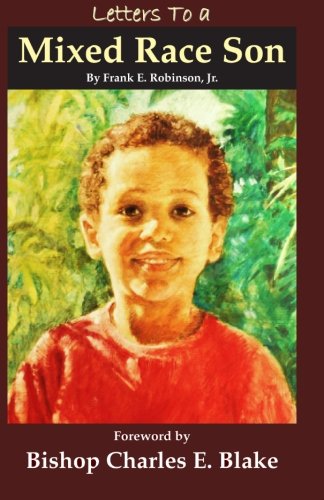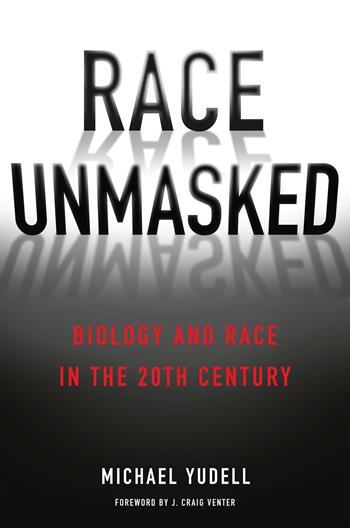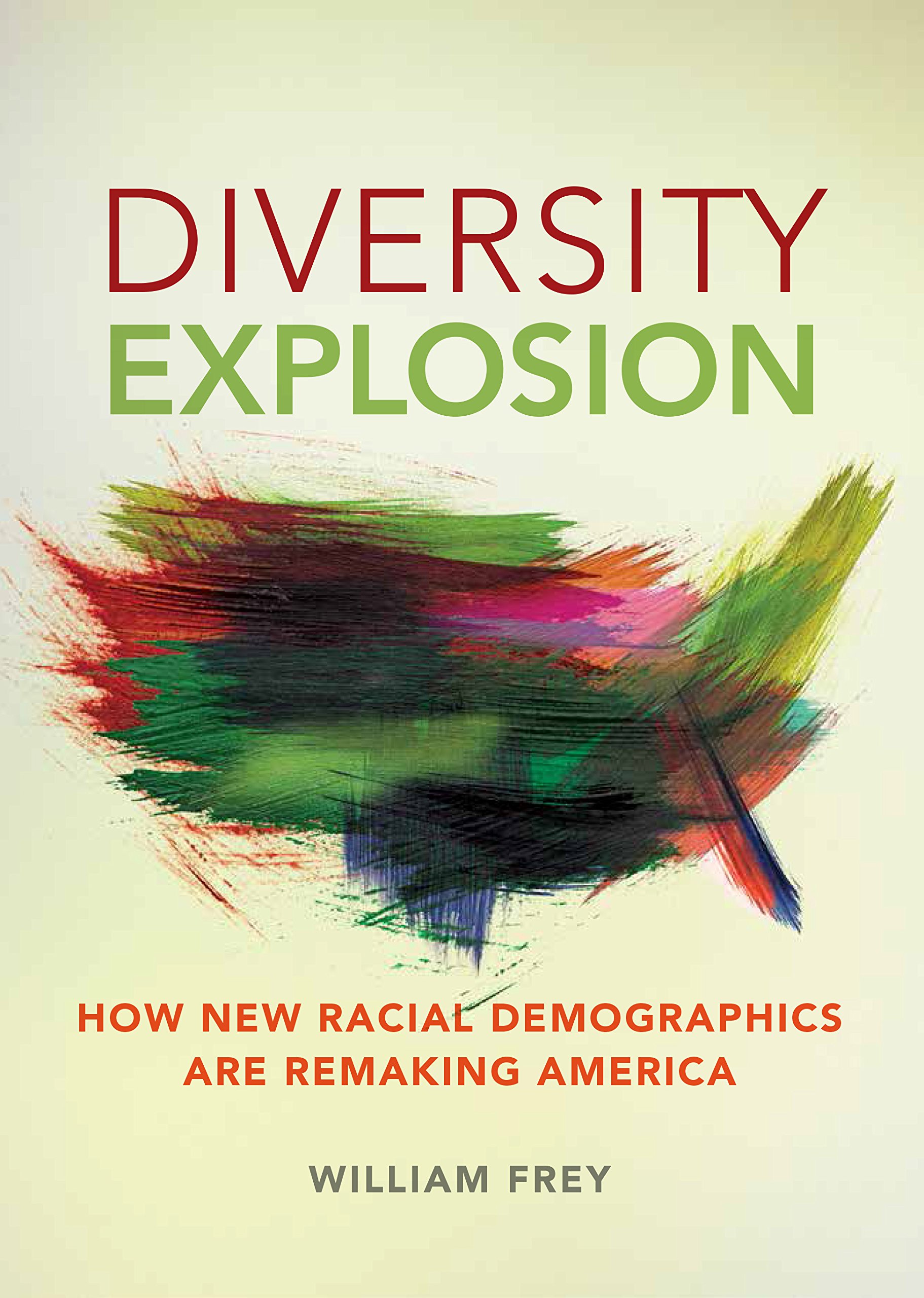Take Your Choice: Separation or Mongrelization
Dream House Publishing Company
346 pages
1947
ISBN-10: 1258772795; ISBN-13: 978-1258772796
Theodore G. Bilbo (1877-1947), State Senator, Lt. Governor, twice Governor, three terms United States Senator
State of Mississippi

The incontrovertible truths of this book and its sincere warnings are respectfully inscribed to every white man and woman, regardless of nationality, who is a bona fide citizen of the United States of America.
The title of this book is Take Your Choice–Separation or Mongrelization. Maybe the title should have been “You Must Take or You Have Already Taken Your Choice–Separation or Mongrelization,” but regardless of the name of this book it is really and in fact a S.O.S call to every white man and white woman within the United States of America for immediate action, and it is also a warning of equal importance to every right-thinking and straight-thinking American Negro who has any regard or respect for the integrity of his Negro blood and his Negro race.
For nine years I have read, studied and analyzed practically all the records and everything written throughout the entire world on the subject of race relations, covering a period of close on to thirty thousand years. For more than three years I have been writing the message of warning to the white men and women, regardless of nationality, of the United States that you will find recorded on the pages of this book.
This book is not a condemnation or denunciation of any race, white, black or yellow because I entertain no hatred or prejudice against any human being on account of his race or color—God made them so. I have endeavored to bring to the attention of the white, the yellow, and the black races the incontrovertible truths of history over a span of thirty thousand years, all in an honest attempt to conserve and protect and perpetuate my own white race and white civilization, and at the same time impress especially the black and yellow races with the fact that they must join in an effort to protect the integrity of their own race, blood, and civilization.
Be it said to the credit of the black or Negro race in the United States that no right-thinking and straight-thinking Negro desires that the blood of his black race shall be contaminated or destroyed by the commingling of his blood with either the white or yellow races. The desire to mix, commingle, interbreed or marry into the white race by the Negro race is advocated largely by the mulattoes or mongrels who are now to an alarming degree found within the Negro race in this country.
Surely every decent white man and woman in America should have cause to be alarmed over the mongrelization of their white race and the loss of their white civilization when Dr. Ralph S. Linton, a leading Professor of Anthropology of Columbia University, New York City, said just recently that at the present rate of intermarrying, interbreeding, and intermixing within nine generations, which is only 300 years, that there would be no white race nor black race in America—that all would be yellow. And in a recent article entitled “Who Is A Negro,” Herbert Asbury makes the alarming and sickening statement that “more than two million United States Negroes have crossed the color line, contributing, among other things an ever-widening stream of black blood to the native white stock.”
In the face of these two startling statements, the truth of which is established beyond every reasonable doubt by the contents of this book, the time has arrived—the clock has struck, when something must be done immediately by every white man and woman in this great and glorious country to stay or to escape the certain and tragic fate that awaits the future of our children’s children of generations yet to be born.
It is indeed a sorry white man and white woman who when put on notice of the inevitable result of mongrelization of their race and their civilization are yet unwilling to put forth any effort or make any sacrifice to save themselves and their off-spring from this great and certain calamity. YOU MUST TAKE YOUR CHOICE!
Personally, the writer of this book would rather see his race and his civilization blotted out with the atomic bomb than to see it slowly but surely destroyed in the maelstrom of miscegenation, interbreeding, intermarriage and mongrelization. The destruction in either case would be inevitable—one in a flash and the other by the slow but certain process of sin, degradation, and mongrelization.
It is not too late—we can yet save the integrity and civilization of both the white and the black races. Many great men of the past have suggested the only solution—the only salvation. A physical separation as advocated from the days of Thomas Jefferson to the present is the only solution. To do this may be a Herculean task, but it is not impossible.
On the pages of this book the author has tried to give you the indisputable truth, expose forces and influences that seek the amalgamation of our races and has pointed out the only proper solution to America’s greatest domestic problem. May God in His infinite wisdom and mercy direct us and lead us into the ways of our only salvation.
Theodore G. Bilbo, United States Senate
The Dream House
Poplarville, Mississippi
August 1, 1946…
Table of Contents
- Preface
- Introduction by Earnest Sevier Cox
- i. The Race Issue—Our Greatest Domestic Problem
- ii. Race and Civilization
- iii. The Negro Problem in American History
- iv. Southern Segregation and the Color Line
- v. The Demands of the Negro Leaders
- vi. Inequalities of the White and Negro Races
- vii. False Interpretations of American Democracy
- viii. False Concepts of the Christian Religion
- ix. The Campaign for Complete Equality
- x. Astounding Revelations to White America
- xi. The Springfield Plan and Such
- xii. The Dangers of Amalgamation
- xiii. Physical Separation—Proper Solution to the Race Problem
- xiv. Outstanding Advocates of Separation
- xv. The Negro Repatriation Movement
- xvi. Standing at the Crossroads
Read the entire book here.







